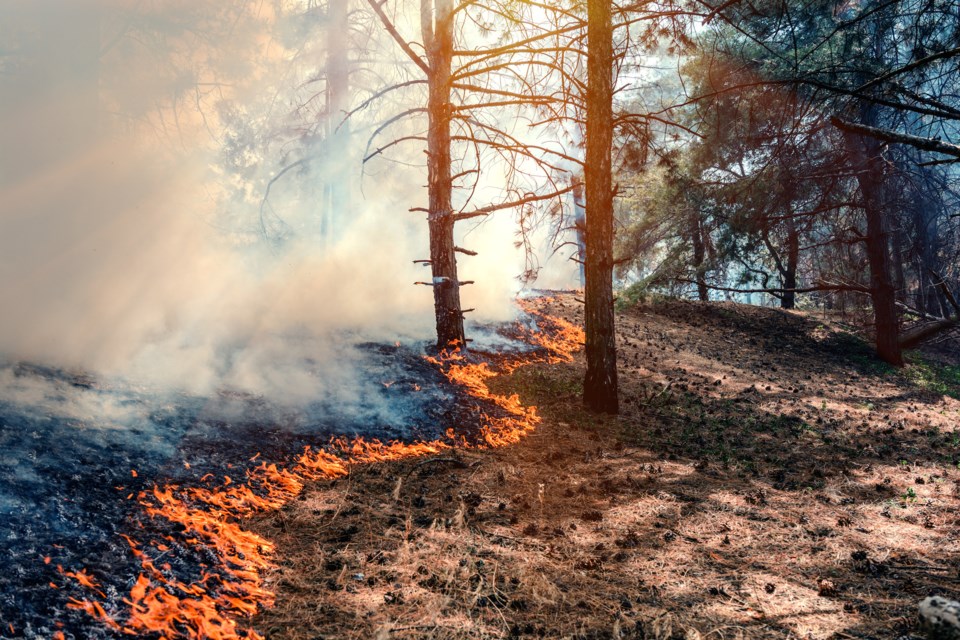As wildfire seasons in Colorado and across the American West become longer, less predictable and increasingly destructive, a new report aims to provide an equitable roadmap for protecting communities, watersheds and wildlife.
Rob Addington, Colorado forest program director for The Nature Conservancy, said engagement with tribal nations, who have been successful stewards of lands for thousands of years, will be critical to address the scale of the challenge.
"Developing tribal partnerships and really looking to tribal knowledge, ecological knowledge that many of the tribes hold from their centuries in many cases of working with the land, working with fire," Addington outlined.
Addington pointed out the roadmap represents a paradigm shift in modern forest and wildfire management. After decades of fire prevention strategies, for example, experts said prescribed burns will be necessary to thin fuel supplies across thousands of acres of dry western lands. The report also called for advanced computer modeling and unmanned drones to improve early detection, help battle fires more effectively, and to reseed and restore scarred forests.
The roadmap, created by The Aspen Institute and The Nature Conservancy, compiled input from more than 250 experts in forest and fire management, federal, state, local, and Tribal Nation authorities, and the private sector, including the forest products and insurance industries.
Addington noted many of the report's recommendations are shovel-ready, due to recent public investments such as the bipartisan Infrastructure Investment and Jobs Act and the Inflation Reduction Act.
"But what we need in parallel to complement that funding is this set of policy recommendations," Addington urged. "To really make best use of that funding, and have it hit the ground in the most efficient and effective way that we can."
Addington underscored building successful partnerships will be key for work that needs to happen in metropolitan areas and across tribal, federal, state and privately owned lands. The report also identified some potential roadblocks, and offered policy solutions requiring action from Congress, the executive branch, and partners like states, Tribal Nations, nonprofits, and industry.


.jpg;w=120;h=80;mode=crop)
